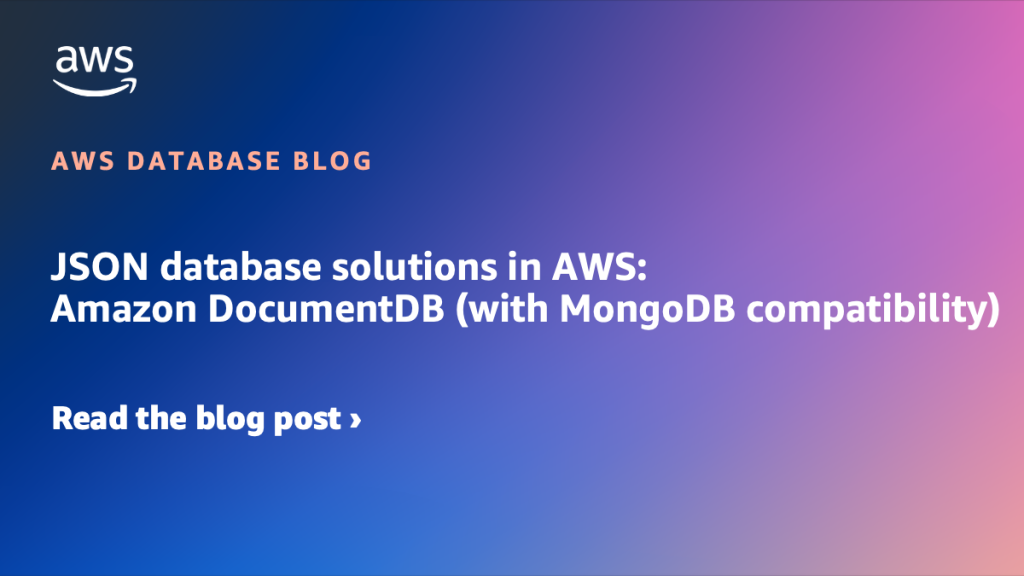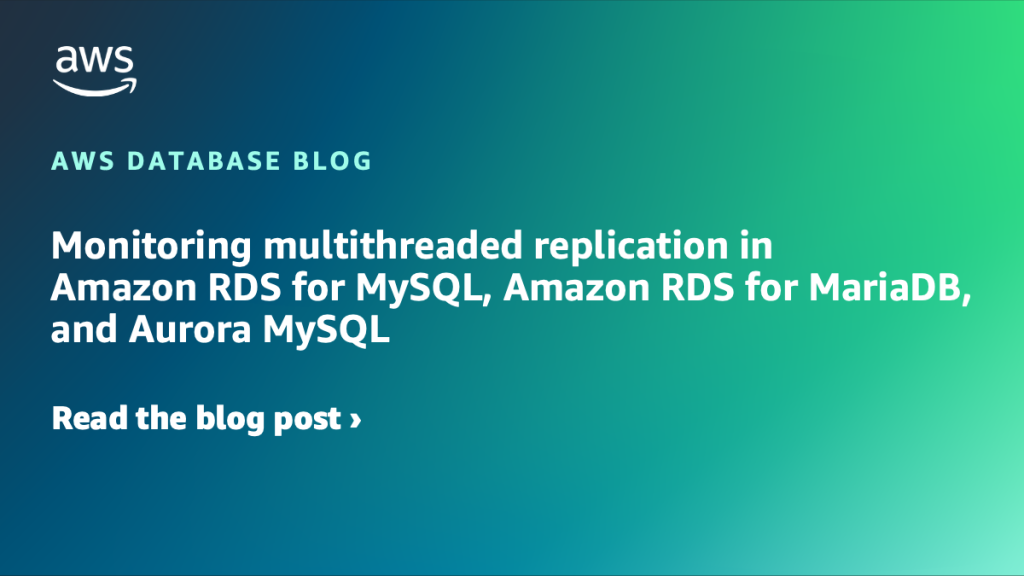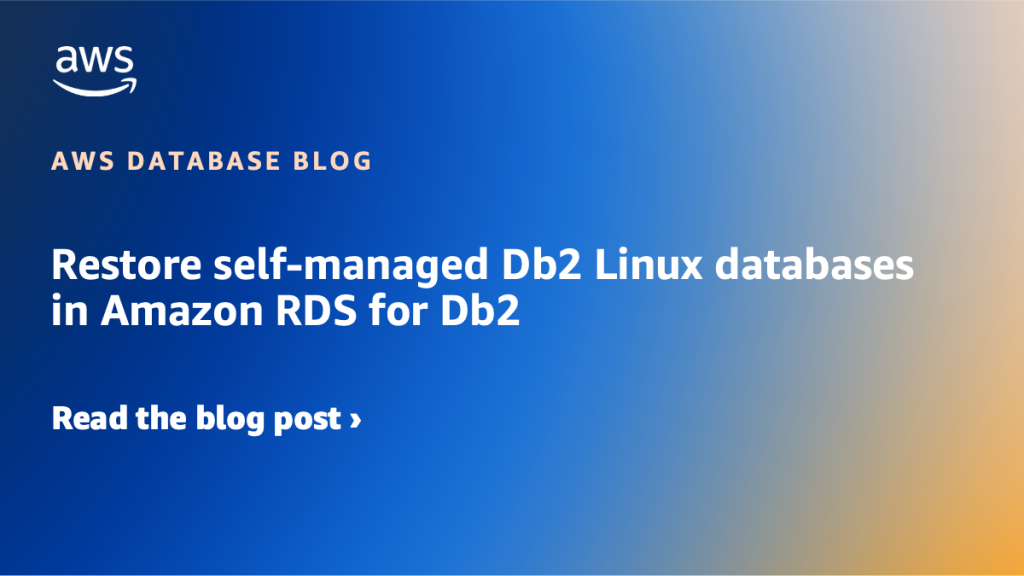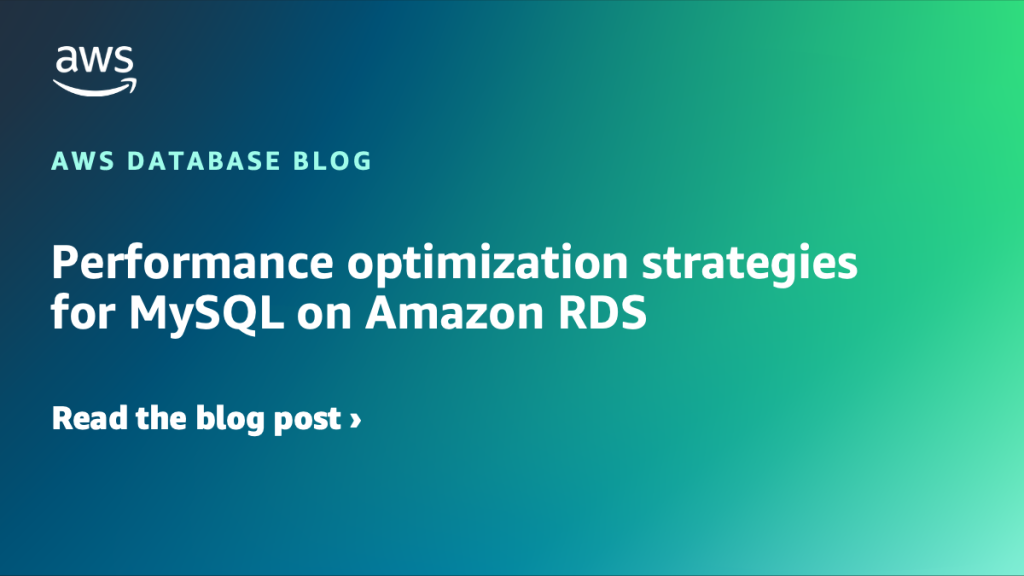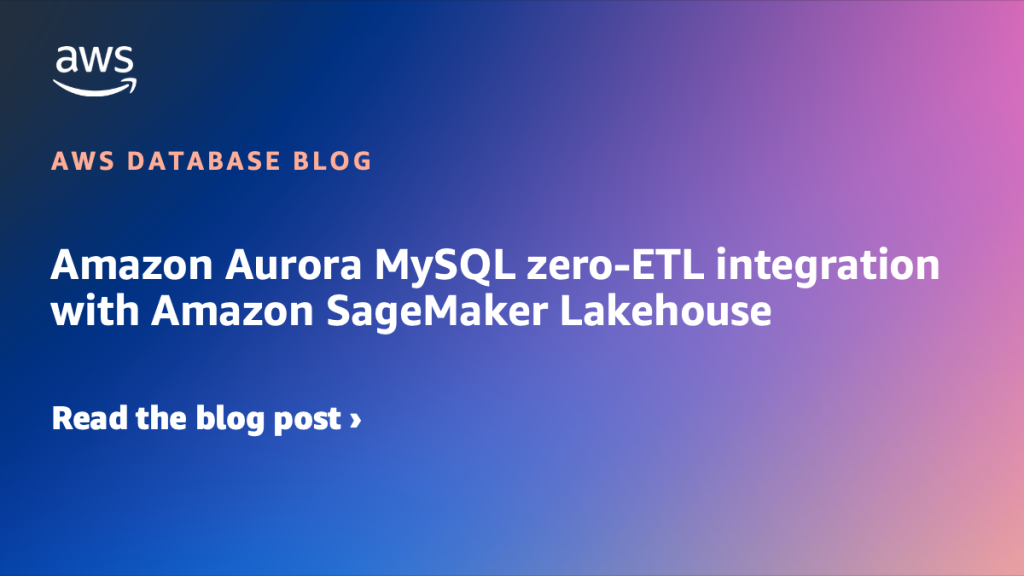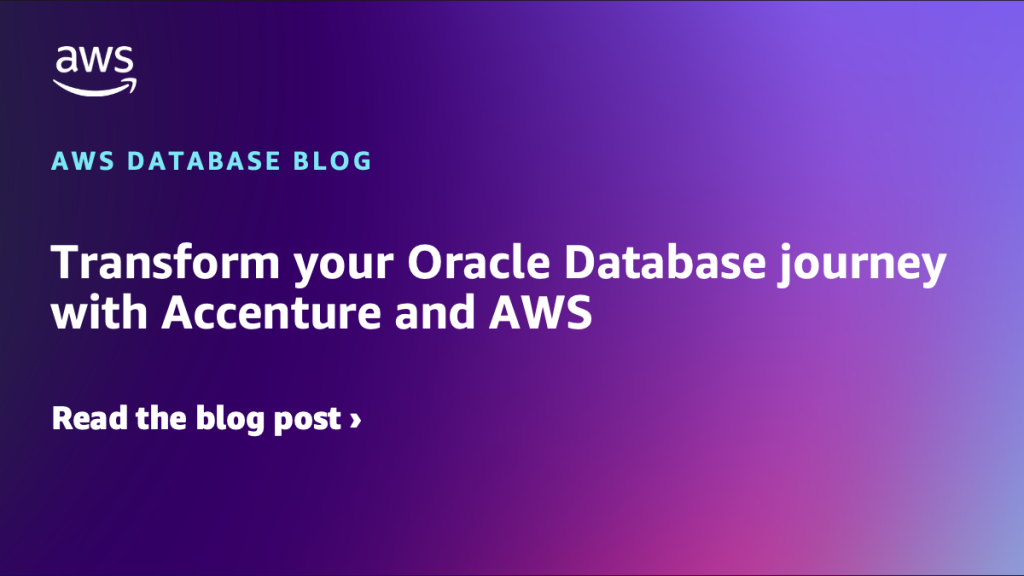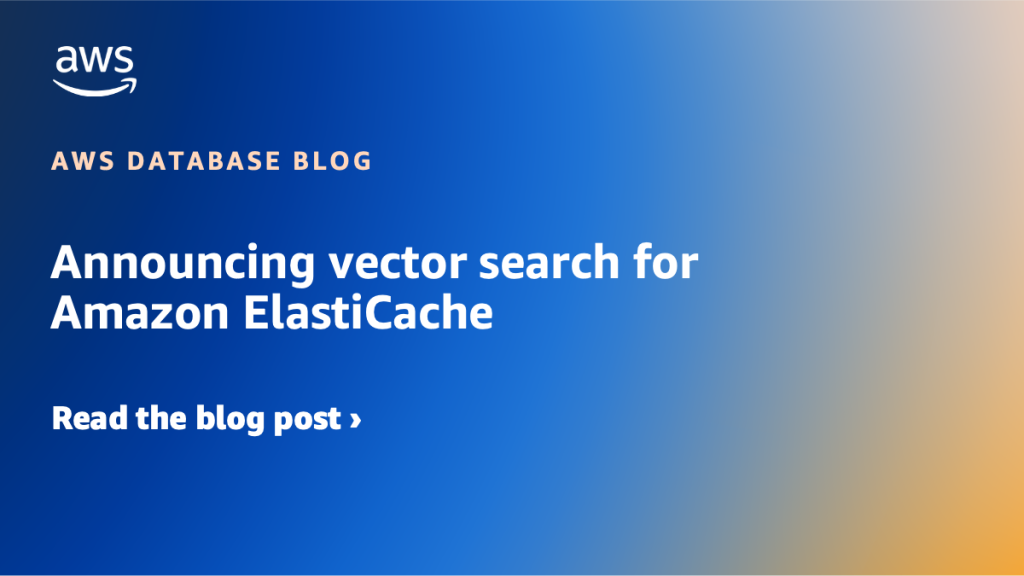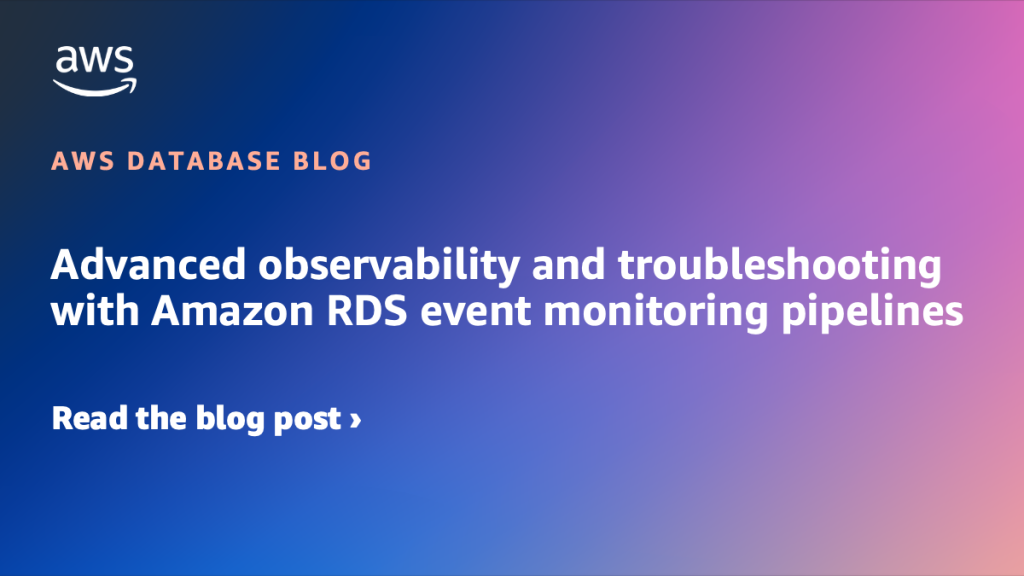AWS Database Blog
GroundTruth reduces costs by 45% and improves reliability migrating from Aerospike to Amazon ElastiCache for Valkey
GroundTruth, an advertising platform leading the way in location- and behavior-based marketing, empowers brands to connect with consumers through real-world behavioral data to drive real business results. As our advertising platform scaled to process increased volume of ad requests and third-party segment ingestion, maintaining our Aerospike-based caching infrastructure introduced significant operational complexity and rising costs, while also compromising performance and limiting our ability to scale efficiently. To meet our requirements we implemented Amazon ElastiCache for Valkey, which streamlined our operations, improved reliability, and reduced costs. In this post, we walk through our migration journey, covering the migration strategy we adopted, the optimizations we made to reduce cost by 45%, reliability improvements including reducing write failures by 20x, and operational gains from managed service capabilities.
JSON database solutions in AWS: Amazon DocumentDB (with MongoDB compatibility)
JSON has become the standard data exchange protocol in modern applications. Its human-readable format, hierarchical structure, and schema flexibility make it ideal for representing complex, evolving data models. As applications grow more sophisticated, traditional relational databases often struggle with several challenges: Rigid schemas that resist frequent changes Complex joins for hierarchical data Performance bottlenecks when […]
Monitoring multithreaded replication in Amazon RDS for MySQL, Amazon RDS for MariaDB, and Aurora MySQL
In this post, we discuss methods to effectively monitor parallel replication performance and tune its related parameters for Amazon Aurora MySQL and Amazon Relational Database Service for MySQL and MariaDB.
Overview and best practices of multithreaded replication in Amazon RDS for MySQL, Amazon RDS for MariaDB, and Amazon Aurora MySQL
In this first post, we dive into the world of MySQL replication, with a special focus on parallel replication techniques. We start with a quick overview of how MySQL replication works, then explore the intricacies of multithreaded replication. We discuss key configuration options and best practices for optimization.
Restore self-managed Db2 Linux databases in Amazon RDS for Db2
As more organizations migrate their self-managed Db2 Linux-based workloads to Amazon RDS for Db2, migration teams are learning that preparation is key to avoiding project delays. Common roadblocks include outdated database versions, invalid objects, and improper storage configurations that surface migration process. In this post, we introduce a Db2 Migration Prerequisites Validation Tool that catches these issues before they impact your timeline. This tool performs thorough pre-migration validation and guides you through the necessary preparations for Amazon RDS for Db2.
Performance optimization strategies for MySQL on Amazon RDS
In this post, we share infrastructure-level optimizations, RDS-specific performance features, and database design patterns to help improve MySQL performance on Amazon RDS. We focus on practical configurations and monitoring techniques that complement existing parameter tuning documentation, helping you make informed decisions for your specific workload requirements.
Amazon Aurora MySQL zero-ETL integration with Amazon SageMaker Lakehouse
In this post, we explore how zero-ETL integration works, the key benefits it delivers for data-driven teams, and how it aligns with the broader zero-ETL strategy in AWS services. You’ll learn how this integration can enhance your data workflows, whether you’re building predictive models, entering interactive SQL queries, or visualizing business trends. By eliminating traditional extract, transform, and load (ETL) processes, this solution enables real-time intelligence securely and at scale to help you make faster, data-driven decisions.
Transform your Oracle Database journey with Accenture and AWS
In this post, we explore how enterprises can transform their Oracle Database environments by combining Accenture’s proven migration expertise with Oracle Database@AWS’s innovative capabilities to achieve faster modernization, enhanced performance, and seamless integration with AWS services
Announcing vector search for Amazon ElastiCache
Vector search for Amazon ElastiCache is now generally available. You can now use ElastiCache to index, search, and update billions of high-dimensional vector embeddings from popular providers like Amazon Bedrock, Amazon SageMaker, Anthropic, and OpenAI—with latencies as low as microseconds and up to 99% recall.
Advanced observability and troubleshooting with Amazon RDS event monitoring pipelines
AWS provides a wide range of monitoring solutions for your Amazon RDS and Amazon Aurora instances, such as Amazon CloudWatch, Amazon CloudWatch Database Insights, and AWS CloudTrail. Amazon RDS event monitoring pipelines make troubleshooting operational events like reboots, errors, and failovers more efficient. In this post, we present a solution to get a head start on troubleshooting by sending an email after a reboot or failover with the last 10 minutes of important CloudWatch metrics, top queries, and related API calls performed on the instance.

